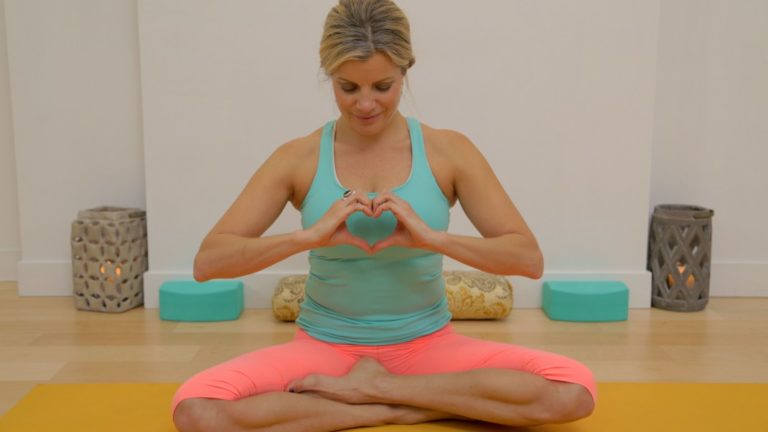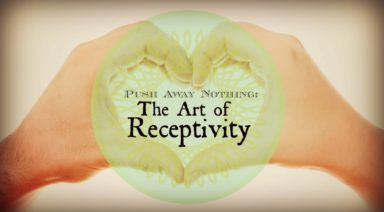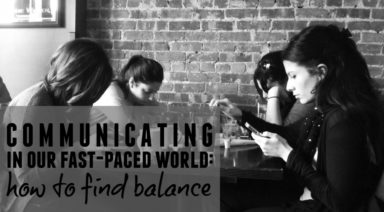How to Let Go of Negative Emotions

When clients come into my office, they describe many types of problems. Yet, whatever their situation, they almost always complain that they feel stuck in feelings of anger, sadness, fear or hurt. In order to help my clients, I teach them something called the Sensation Meditation (SM). This meditation guides people to focus on their negative feelings in a specific manner.
By helping people fully feel their emotions without distraction, this meditation helps people move through “stuck” feelings into a place of healing. When people finish using this simple three minute technique, they frequently report that their negative feelings have vanished, and that their body feels relaxed, peaceful, and at ease.
The first step in doing the Sensation Meditation is to find a comfortable chair or couch, and proceed to take a couple of slow, deep breaths. Then, scan your body and notice the most uncomfortable feeling or sensation you feel. Focus on this area of your body, and feel exactly whatever is there. For example, if you’re annoyed you might notice a tightness in your chest and a warm feeling in your throat. If you’re worried, you may notice a tension in your forehead muscles and shoulder blades.
Ultimately, our emotions are experienced in our body as specific sensations such as warmth or coolness, tightness or relaxation, sharp or blunt, etc. As you notice uncomfortable sensations in your body, try to be aware of the resistance you have toward experiencing these uncomfortable feelings. Instead of avoiding or pushing away the discomfort you feel, simply allow the sensations to be there. Give yourself full permission to feel whatever is going on in the present moment.
As you tune into your present time sensations and let go of resisting whatever is there, you may notice that things start to change. Ironically, it is largely our resistance to feeling negative that allows uncomfortable feelings to stay stuck in our body. By letting go of your resistance and actually focusing on what you feel, the dam of stuck feelings will become like a moving river once again.
To help you tune into the present sensations of your body, it can help to focus on the following questions:
1. Where in my body do I feel the most uncomfortable feelings or sensations?
2. How big of an area in my body does the core of these uncomfortable sensations cover?
**3. **Is this area warmer or cooler than the rest of my body? How exactly does it feel different?
**4. **What about this sensation do I resist or find uncomfortable?
5. Can I let go of my resistance and allow the sensations to flow through?
6. What is something I could feel grateful for or look forward to in my life?
As you go through each of these, do your best to focus on what the question points to. For example, if you’re noticing how big of an area the sensations take, compare it to the size of a baseball, a basketball, or whatever seems appropriate. The more current you can be with the actual sensations in your body, the more quickly and easily stuck feelings will dissipate. As you focus on these various questions, imagine you are a scientist objectively noticing the exact moment to moment sensations in your body. By the time you reach question number six, you’ll probably feel rather relaxed. As you focus on what you feel grateful for or what you look forward to, allow yourself to be filled with the feeling of gratitude or excitement. Once you feel relaxed and positive, you can slowly open your eyes and enjoy your day.
While the Sensation Meditation is great for cutting through stuck feelings, it’s also an excellent tool for getting over minor upsets. If you feel a bit tense or annoyed, try taking three minutes to do this meditation. I think you’ll notice you’ll soon feel relaxed and at ease. With practice, you can even do a shorter version of this meditation. To do this, simply take a deep breath, notice the uncomfortable sensations in your body, and then relax and allow what you feel to fully be as it is. As you stay present with these sensations, you’ll soon observe that they change and, like a river, flow through you. If you do this method enough, you may even be able to do the whole process in under a minute. It can be a great way to love yourself.
The beauty of the Sensation Meditation is that it helps your feelings through a natural, organic process. Instead of trying to distract yourself from your feelings–which simply allows them to stay stuck–your feelings naturally become unstuck as you fully feel them. Although it can be hard to believe, it is our resistance to our feelings that allows negativity to stick around in our body. Even for major upsets, like the ending of a relationship or a death in the family, the Sensation Meditation can help you move through your grief at an accelerated rate.
To make this exercise easier to remember, you might want to write out the six questions from the meditation on a little note card. Another good thing to do is to record the meditation and then, when you need it, listen to it on your smartphone. To create your own guided Sensation Meditation, simply tell yourself to “focus on what feels uncomfortable in your body.” Wait a minute to give yourself time to feel what is there and fully welcome the sensations you feel. Then, read the six questions into your voice recorder, remembering to pause for about twenty seconds after each one. That’s all that’s needed.
Most people are secretly at war with their own feelings. Besides the obvious stress this creates, it also has a tendency to keep our bad feelings around for longer than they need to be. Fortunately, the Sensation Meditation can help you become friends with your feelings, your body, and yourself once again.
* Excerpted from “Find Happiness Now: 50 Shortcuts for Bringing More Love, Balance and Joy Into Your Life”
How to Stop Comparing and Love Your Body

Have you ever found yourself looking through a magazine and agonizing over the fact that you will never look like a certain celebrity? What about looking at someone’s Facebook page and wishing you could be more like them, or at least get into their impressive yoga pose? I know I have.
It took me years to understand that comparing myself to others contributed to some major unhappiness. When you constantly compare yourself to others, you are almost always left with a feeling of inadequacy. In our Western culture, we are surrounded by reality TV and social media, which puts a huge pressure on us to be “perfect”.
One summer afternoon, at the age of six, while playing Barbies with my sister, I overheard our nanny telling her friend how perfectly proportioned Barbie’s body was. For the first time in my life, I gave the doll a second look. She does have perfectly long, slender legs and a super tiny waist, I thought to myself. I then went on with my afternoon of playing dolls, just as innocently as any six year old would do, and did not really give it a second thought.





































